Benefits of Art Therapy for Autism
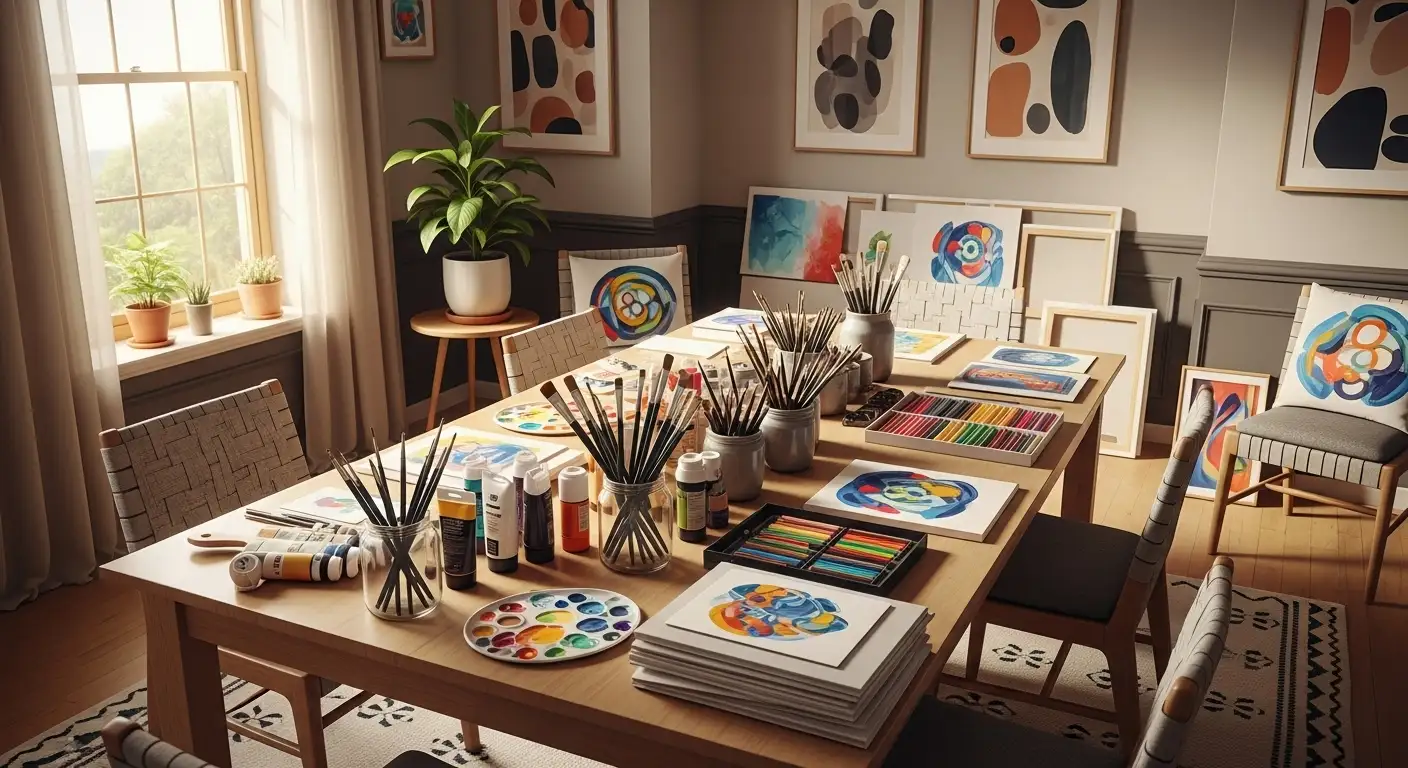

Unlocking Potential Through Creative Expression
Art therapy has emerged as a valuable intervention within the broad spectrum of therapies available for children with autism spectrum disorder (ASD). By harnessing creativity and visual communication, it offers unique benefits that complement other therapeutic approaches. This article delves into the specific advantages of art therapy for autistic children, its integration into multidisciplinary treatments, and the research findings regarding its effectiveness.
Understanding the Spectrum of Therapy-Related Fields

What types of therapy are included in the collective term for therapy-related fields?
Therapy-related fields cover a broad spectrum of approaches dedicated to psychological, emotional, behavioral, and sometimes physical well-being. This collective term includes a variety of psychotherapeutic styles, such as:
- Psychoanalysis and psychodynamic therapy, which explore unconscious patterns influencing behavior.
- Cognitive-behavioral therapy (CBT), focusing on changing negative thought patterns.
- Humanistic and integrative therapies, which emphasize personal growth and combine methods tailored to individual needs.
- Talking therapies including counseling and interpersonal therapy (IPT).
Additionally, specialized modalities such as art therapy, eye movement desensitization and reprocessing (EMDR), and mindfulness-based cognitive therapy (MBCT) are part of this landscape.
Beyond psychological-focused therapies, the term also incorporates physical, occupational, speech, and behavioral therapies. Nutritional therapy is sometimes included as it addresses holistic health concerns.
Each of these diverse therapies aims to address mental, emotional, behavioral, or physical health issues using evidence-based and experiential approaches designed to enhance overall well-being.
Defining Art Therapy within Creative Arts Therapies
What is creative arts therapy?
Creative arts therapy encompasses various expressive art-making processes that include art, music, dance/movement, drama, psychodrama, and poetry/bibliotherapy. These therapies use creative activities as alternative interventions to support individuals, particularly autistic children, in improving coping strategies, expression, and communication.
Forms of creative arts therapy relevant to autism
Among these, art therapy plays a significant role for children with autism spectrum disorder (ASD). It involves activities such as painting, coloring, crafting, and structured tasks like cutting and pasting. This form of therapy provides an accessible, visual, and nonverbal means for autistic children to communicate feelings, especially for those with communication difficulties.
Art therapy also supports sensory processing and fine motor skills, fostered through the use of various art materials. It can be conducted in natural settings without adverse effects, allowing children the freedom to express themselves and engage socially. Importantly, art therapy is often integrated with other approaches, enhancing emotional regulation, social skills, and cognitive flexibility.
The broader category of creative arts therapies for autism includes music therapy, which has shown notable benefits in social communication, self-concept enhancement, and reduction of core symptoms. Together, these therapies provide diverse, adaptive methods tailored to meet the unique needs of autistic children.
The Role of Art Therapy in Addressing Communication Challenges in Autism
How does art therapy serve as a communication tool for children with autism?
Art therapy offers a unique and accessible means for children with autism spectrum disorder (ASD) to communicate. Given the communication difficulties frequently seen in ASD, creative outlets like painting, coloring, and crafting become alternative ways to express thoughts and emotions. These visual and tactile activities provide a concrete and nonverbal medium, which can be easier for children more comfortable with visual learning styles.
By actively engaging in the creative process under the guidance of skilled art therapists, children can express feelings that may be hard to convey verbally. This process not only fosters emotional expression but also supports the development of social skills, self-confidence, and emotional stability.
In what ways does art therapy facilitate nonverbal expression?
Nonverbal expression is central in art therapy for autistic children. The use of art materials helps target specific sensory processing challenges and encourages sensory regulation. Through activities like structured cutting, pasting, and coloring, children with ASD can communicate internal experiences without relying on spoken language.
Group and individual art sessions allow children to interact socially with peers, enhancing cooperation and social engagement. Furthermore, relational artmaking mirrors caregiver-child interactions, helping address attachment issues by building emotional connections. This holistic use of art as expression can lead to improved social communication and reduced anxiety.
Overall, art therapy serves as a vital support system, providing children with autism a creative pathway to communicate, regulate emotions, and develop critical social competencies.
Emotional Regulation and Sensory Processing Improvements Through Art Therapy
How does art therapy impact emotional stability in children with autism?
Art therapy offers a structured yet creative space that fosters emotional expression and stability, which are crucial for children with autism spectrum disorder (ASD). Through guided art-making activities, children can explore their feelings in a nonverbal and supportive environment. This approach encourages self-confidence and helps regulate emotions, addressing the emotional difficulties commonly experienced by children with ASD.
What sensory regulation benefits does art therapy provide?
Art therapy plays an essential role in sensory regulation for children with ASD. Many children on the spectrum face challenges with sensory processing, including hypersensitivity or hyposensitivity to various stimuli. Engaging in tactile art activities such as painting, coloring, or crafting allows children to explore different textures and sensations in a controlled environment. This sensory exploration can improve how they process and respond to sensory input, leading to better emotional and behavioral regulation.
How are art materials used to address sensory challenges?
Art materials serve as practical tools to target specific sensory processing difficulties. For instance, materials with varied textures, colors, and weights enable children to experience multiple sensory modalities simultaneously. By integrating sensory-rich art media into therapy sessions, clinicians can help tailor interventions that soothe or stimulate the sensory system as needed. This individualized sensory support facilitated by art materials empowers children with ASD to manage sensory overload or seek sensory input effectively.
Overall, art therapy's combination of creative expression and sensory engagement provides a unique, adaptable approach to improving emotional regulation and sensory processing in children with autism. Its hands-on nature and flexibility align well with the diverse needs of this population, enhancing their well-being and capacity for social interaction.
Enhancing Social Skills and Interaction via Art Therapy
How does art therapy improve social cooperation in children with autism?
Art therapy encourages children with autism spectrum disorder (ASD) to engage in creative activities like painting, coloring, and crafting. These activities provide a familiar and non-threatening way to express feelings and ideas, which aids social cooperation. By participating in structured art sessions, children learn to share materials, take turns, and collaborate on projects, thereby developing essential social interaction skills.
What are the benefits of group art therapy sessions?
Group art therapy offers a supportive social environment where children with ASD can interact with peers. Sessions involve guided creative tasks that require communication and cooperation, fostering a sense of belonging and teamwork. Group formats have been linked to improvements in eye contact, verbal interaction, and social engagement, which are often challenging areas for children with autism.
How does art therapy enhance eye contact and verbal skills?
Through shared artistic activities in group therapy, children are gently encouraged to make and maintain eye contact as they communicate about their creations. This setting naturally stimulates conversation and verbal exchanges. The visual and concrete nature of art also provides a comfortable medium for children who process information visually, making it easier to practice and improve social communication skills.
Together, these benefits showcase how art therapy contributes positively to social skills and interactions among children with ASD, supporting their growth in expression, cooperation, and connection with others.
Art Therapy’s Impact on Motor Skills and Cognitive Flexibility
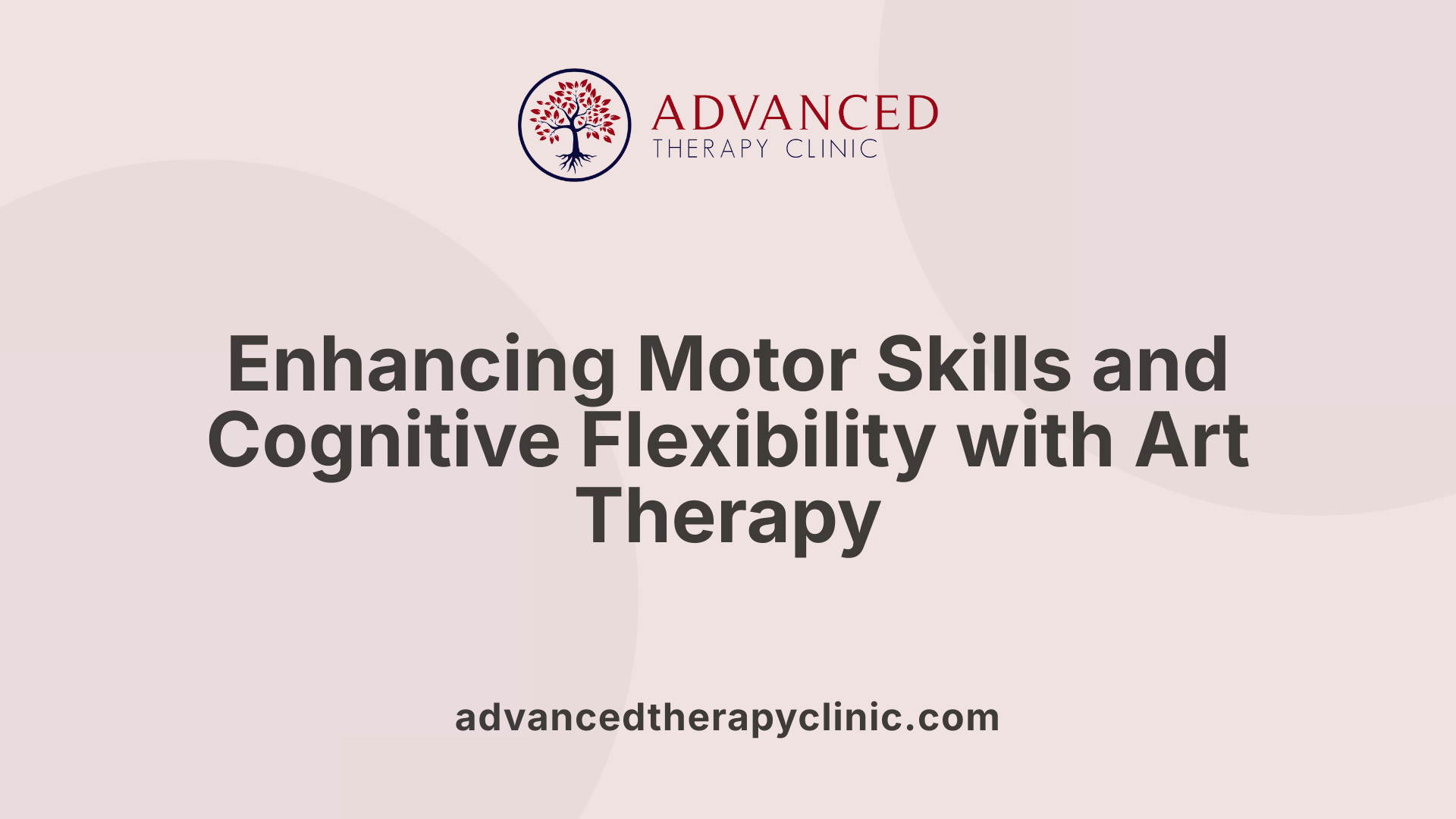
How Does Art Therapy Improve Fine Motor Skills in Children with ASD?
Art therapy involves activities like painting, coloring, cutting, and pasting, which help children with Autism Spectrum Disorder (ASD) enhance their fine motor skills. These creative tasks require precise hand movements that gradually build the dexterity necessary for daily tasks. By engaging in these structured and guided art activities, children develop better coordination and hand strength, which are essential components of fine motor control.
In What Ways Does Art Therapy Support Problem-Solving and Learning?
Research highlights that art therapy not only boosts motor abilities but also fosters cognitive flexibility and problem-solving skills in children with ASD. The creative process encourages children to experiment with different materials and methods, helping them adapt and think critically. This nurturing of creativity supports learning by promoting new ways of viewing and interacting with the world, which can translate to improved academic and social functioning.
How Is Art Therapy Integrated with ABA Therapy to Enhance Outcomes?
Combining art therapy with Applied Behavior Analysis (ABA) therapy has shown promising results. This multidisciplinary approach enhances visual skills and fine motor development while aiding sensory integration. Moreover, the integration helps reduce off-task behaviors by maintaining the child's focus during sessions. By merging the structured reinforcement strategies of ABA with the expressive, sensory-rich tasks of art therapy, children experience a holistic intervention that supports both their neurological and emotional development.
Structure and Delivery of Art Therapy Sessions for Children with ASD
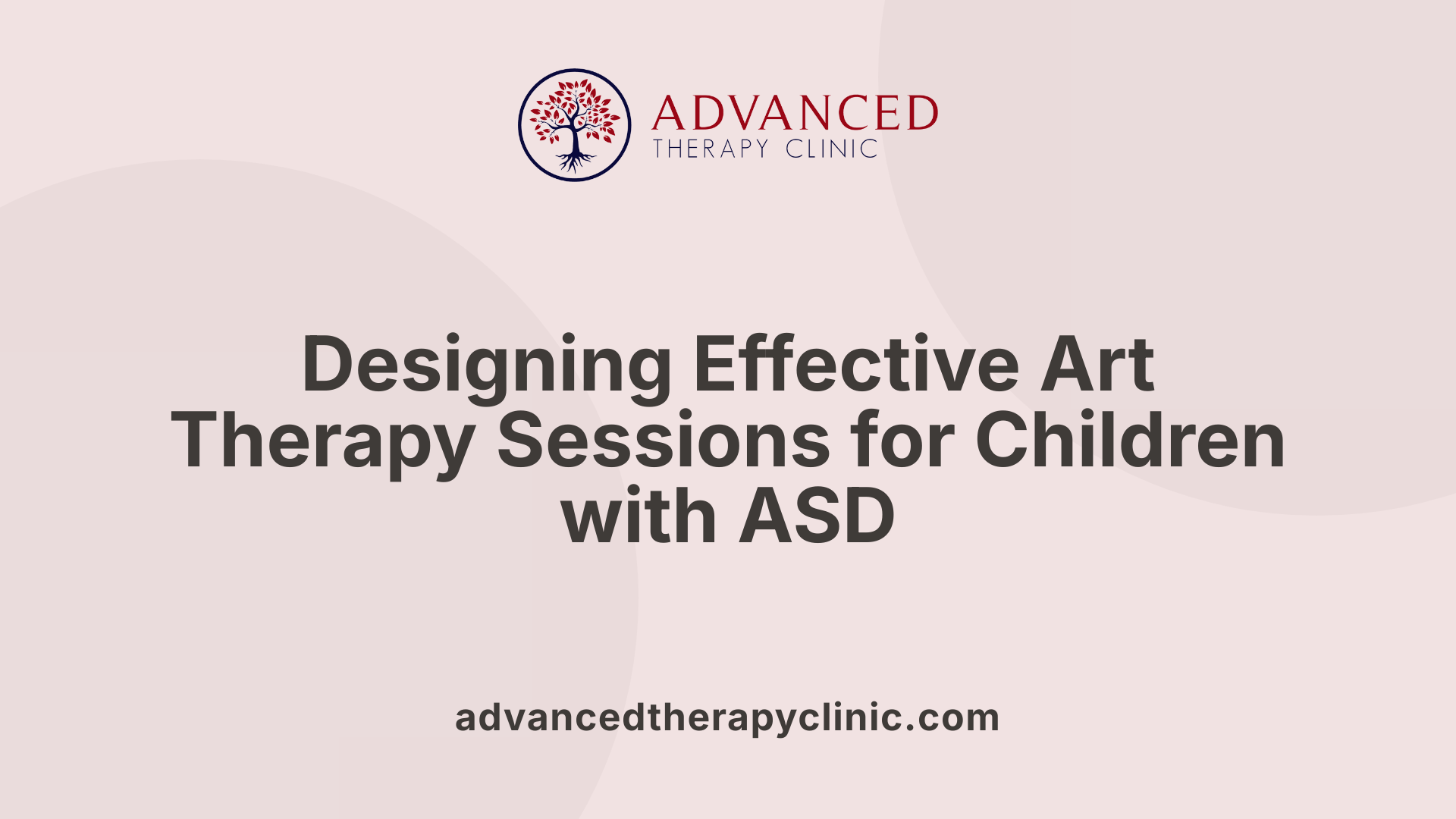
Individual vs Group Sessions
Art therapy for children with ASD can be delivered in both individual and group settings, with studies showing similar benefits from each format. Individual sessions allow tailored support, focusing on personal expression and specific therapeutic goals. Group sessions encourage social interaction, cooperation, and shared creative experiences, promoting skills such as eye contact, verbal communication, and social engagement.
Guided Activities and Supervision
Structured, guided activities are central to art therapy for children on the spectrum. These sessions often include tasks like cutting, pasting, coloring, and recognition exercises conducted under close supervision by trained clinicians. This guided approach helps children focus on the tasks, aids in developing fine motor skills, and facilitates emotional expression. Supervision ensures activities are adapted and paced according to each child's abilities and needs, creating a supportive environment.
Adaptation to ASD Needs
Art therapy sessions are carefully adapted to meet the unique sensory and communication profiles of children with ASD. Visual supports and sensory exploration are incorporated to address sensory regulation challenges. The use of familiar and concrete art materials provides a comfortable medium for expression, especially benefiting children who have difficulties with verbal communication. Therapists integrate creative processes that also support cognitive flexibility, problem-solving, emotional regulation, and social skills development, making the therapy both therapeutic and accessible.
Research Evidence and Effectiveness of Art Therapy Interventions
What Does Research Reveal About Art Therapy for Children with Autism?
Recent studies examining art therapy's impact on children with Autism Spectrum Disorder (ASD) reveal a largely positive landscape. Out of numerous reviewed investigations, 18 out of 20 show beneficial effects, particularly in enhancing modes of self-expression and fostering social cooperation. Art therapy, which involves activities like painting, coloring, and crafting, exploits simple, familiar creative outlets that are especially accommodating for children facing communication challenges.
What Are the Positive Outcomes and Recognized Limitations?
Art therapy has demonstrated value in improving several areas essential for children with ASD, including fine motor skills, emotional regulation, sensory processing, and social interaction. Group and individual sessions alike promote increased attention spans, better instruction-following, and improvements in eye contact and verbal skills, all of which contribute to heightened social engagement and self-esteem. Additionally, art therapy can reduce anxiety and help with attachment issues by fostering emotional connection through relational artmaking.
However, not all findings are uniformly positive. For instance, one study focusing on a short, intensive art-based intervention over one month with children requiring substantial support (ASD levels 2 and 3) did not find meaningful improvements in core autism symptoms or social skills. This suggests that frequency and duration of therapy might be critical factors for effectiveness.
Why Is Assessing Effectiveness Challenging?
One significant challenge in evaluating art therapy interventions lies in the variability of participant diagnoses and the diversity of assessment tools used. Diagnostic categories such as ASD levels and individual differences complicate measuring outcomes reliably. The use of validated scales like the Social Responsiveness Scale (SRS-2) aids evaluation by covering domains like social cognition and communication, but inconsistencies remain due to differing methodologies across studies.
Moderate to significant benefits have been observed especially in music therapy through systematic reviews, signifying that while evidence is promising, a standardized approach to assessment and longer-term studies are needed to firmly establish the efficacy of art therapy modalities.
| Area of Impact | Positive Outcomes | Notes on Limitations |
|---|---|---|
| Social Skills | Improved eye contact, verbal communication, social cooperation | Variability in results depending on therapy duration and intensity |
| Emotional Regulation | Reduced anxiety, increased emotional expression | Short-term interventions may lack significant effect |
| Motor and Sensory | Enhanced fine motor skills, better sensory processing | Requires trained clinicians for adaptation to individual needs |
| Assessment Challenges | Use of SRS-2 and varied instruments | Diagnostic variability complicates comparisons |
Overall, art therapy stands as a promising complementary intervention for children with autism, with research supporting its role in improving communication and social functioning, though further work is essential to optimize its application and assessment.
Short-Term Art-Based Interventions and Their Outcomes

What were the findings from the intensive one-month art therapy intervention?
A recent study examined the effects of a short, intensive art-based intervention conducted over the course of one month on children with Autism Spectrum Disorder (ASD) levels 2 and 3. These levels indicate a need for substantial to very substantial support. Despite using structured art activities such as cutting, pasting, coloring, and recognition tasks under guided supervision, the intervention did not result in significant improvements in autism symptoms or social skills.
How did the intervention impact autism symptoms and social skills for ASD levels 2 and 3?
The study used the Social Responsiveness Scale (SRS-2), a validated tool assessing social motivation, cognition, awareness, communication, and autistic mannerisms, to measure outcomes. Results showed no significant change in the severity of symptoms or social skills after the one-month art therapy sessions. This suggests that short-term, intensive art therapy may not be sufficient for meaningful progress in children with higher support needs.
However, the broader research context highlights that creative arts therapies, especially when conducted over multiple sessions or combined with other approaches, often yield moderate to significant benefits in social communication and emotional regulation. Thus, while short interventions alone may have limited impact, ongoing therapy remains a promising avenue for supporting autistic children.
Relational Artmaking: Addressing Attachment in Autism

Using Art Therapy to Improve Emotional Connection
Relational artmaking plays a significant role in helping children with autism spectrum disorder (ASD) develop stronger emotional connections. This therapy approach encourages children to engage in creative art processes that mirror and express their feelings, which are often difficult to communicate verbally. By participating in relational art activities, children learn to recognize and share emotions in a nonverbal way, fostering deeper emotional understanding and stability.
Mirroring Caregiver Interactions
A core technique in relational art therapy involves mirroring caregiver interactions through art. This process helps children with ASD experience and reflect on relational patterns they encounter with their caregivers. By recreating these interactions in a safe, guided art environment, children can explore attachment dynamics and develop more secure emotional bonds. This method aids in addressing attachment issues by providing an emotional outlet and promoting positive social engagement and connection.
Relational artmaking thus serves as both a therapeutic form of expression and a bridge to enhancing emotional relationships, crucial for children with autism who often face challenges in social reciprocity and attachment.
Integrating Art Therapy into Multidisciplinary Treatment Plans

Complementary Role with Other Therapies
Art therapy is increasingly recognized as a valuable component within multidisciplinary approaches for children with autism spectrum disorder (ASD). When combined with behavioral therapies such as Applied Behavior Analysis (ABA), art therapy enriches treatment by enhancing visual skills, fine motor development, and sensory integration. This synergy helps reduce off-task behaviors and facilitates more focused participation during sessions.
Enhancing Communication and Emotional Regulation
Art therapy offers autistic children alternative, often nonverbal, methods to explore and express their emotions. Utilizing creative activities like painting, coloring, and crafting, children are supported in developing emotional regulation and social skills in a natural, guided setting. Structured art sessions foster self-confidence and encourage cognitive flexibility, which are important for managing ASD-related challenges.
The visual and concrete nature of art-making allows children, especially those who are visual learners, to communicate feelings that might be difficult to verbalize. Moreover, group art therapy encourages social interaction, improving eye contact and verbal communication, which enhances overall social responsiveness.
Incorporating art therapy within multidisciplinary treatment plans provides a holistic approach that addresses core autism symptoms while promoting emotional well-being and communication in a supportive environment.
Case Studies Illustrating Art Therapy Benefits for Autism
Examples of Improvements in Communication and Social Interaction
Case studies on art therapy in children with autism spectrum disorder (ASD) often reveal encouraging outcomes. Many children demonstrate enhanced communication skills, both verbal and nonverbal, through creative expression with art materials. For instance, art therapy sessions encourage children to use visual and tactile mediums to express emotions and ideas that they might struggle to communicate verbally. This alternative mode of expression helps reduce frustration and supports clearer communication with caregivers and therapists.
Social interaction also improves notably in many cases. Group art therapy sessions, in particular, have been shown to increase eye contact, improve verbal interactions, and foster cooperative play among peers. These sessions create natural opportunities for social engagement, where children practice turn-taking, sharing, and collaborative problem-solving within a supportive environment.
Individual Outcomes and Progress
Individual case reports often highlight progress in areas such as emotional regulation, self-confidence, and attention span. Some children have shown greater ability to follow instructions and stay focused during therapy activities, which translates to better engagement in other settings like school.
Moreover, art therapy supports the development of fine motor skills and sensory processing abilities. Structured art-making tasks, such as cutting, pasting, and coloring, help children improve hand-eye coordination and sensory integration.
Overall, these case studies provide concrete examples of how art therapy can be tailored to meet the unique needs of children with ASD, leading to meaningful improvements in social interaction and communication over time.
Promoting Self-Confidence and Emotional Stability Through Art
How Do Structured Art Therapy Sessions Foster Self-Confidence?
Structured art therapy sessions provide children with autism a safe and supportive environment to explore creative activities such as painting, cutting, and crafting. These guided sessions, led by master-level clinicians, not only encourage self-expression but also allow children to experience success and mastery in their art projects. This sense of accomplishment helps build their self-esteem.
Participating regularly in art therapy enables children to develop fine motor and sensory processing skills, which further boosts their confidence. Structured tasks within these sessions offer clear expectations and visual supports that help children understand and navigate the activities easily, promoting a positive learning experience.
Why Is This Important for Children with Autism?
Children with autism often face challenges in communication and social interaction, which can affect their emotional stability and self-confidence. Art therapy offers a nonverbal, visual, and concrete outlet for expressing feelings that might be difficult to communicate through words.
Engaging in creative art-making encourages emotional regulation and provides sensory regulation benefits tailored to each child's needs. These improvements support children in managing anxiety and emotional difficulties, fostering emotional stability.
Moreover, group art therapy sessions enhance social skills such as eye contact, verbal interaction, and cooperative behavior, helping children feel more comfortable and confident around their peers. The resulting positive attachment and social engagement are essential for their overall emotional well-being.
In summary, structured art therapy lays a foundation for self-confidence and emotional stability by combining creative expression, skill development, and supportive social interaction tailored to the unique needs of children with autism.
Art Therapy and Anxiety Reduction in Children with Autism
How Does Art Therapy Help Reduce Anxiety in Children with Autism?
Art therapy offers a creative and safe outlet for children with autism to express their emotions, which is particularly helpful in managing anxiety. The use of art materials in therapy sessions can aid sensory regulation, addressing specific sensory processing challenges common in autistic children. Structured art activities, such as coloring, crafting, and guided art-making, help ground children, promoting emotional stability and reducing anxiety levels.
Relational artmaking also plays a role by mirroring caregiver interactions and fostering emotional connection. This process supports the child’s attachment needs, which can be a source of anxiety if unmet. Through such therapeutic activities, children gain better emotional regulation and experience reduced stress.
How Does Art Therapy Encourage Positive Social Engagement in Children with Autism?
Art therapy fosters social engagement by providing a medium for children to communicate nonverbally and express feelings they may struggle to verbalize. Group art therapy sessions create opportunities for social cooperation, improving skills like eye contact, verbal and social communication, and self-esteem.
Through shared creative activities, children learn to collaborate and develop social motivations in an encouraging environment. Art therapy has been shown to improve social interactions by offering visual and concrete methods for children who prefer visual learning. This inclusive approach, supported by master-level clinicians, nurtures positive social behaviors and promotes a sense of belonging among peers.
Future Directions and Considerations in Art Therapy Research for Autism
What is the Need for Standardized Assessments in Art Therapy Research?
One major challenge in studying art therapy's effectiveness for children with autism spectrum disorder (ASD) is the lack of consistent measurement tools. Research has noted significant variability in participant diagnoses and assessment instruments, which complicates the comparison of outcomes across studies. Using standardized tools like the Social Responsiveness Scale (SRS-2) can help objectively evaluate core autism symptoms and social communication improvements. Establishing common, validated assessments will enable more precise tracking of therapy outcomes and facilitate stronger conclusions in future research.
Why Are Long-Term Studies Important?
Many current studies involve short-term or intensive art therapy interventions that may not capture lasting effects. For example, intensive one-month art-based programs have shown limited improvements in children with more severe ASD levels. Long-term research is crucial to determine the enduring benefits of creative arts therapy, including sustained improvements in social skills, emotional regulation, and communication. Repeated sessions over extended periods appear necessary to achieve significant progress, so studies should focus on prolonged interventions and follow-up assessments to fully understand art therapy's impact.
How Can Interventions Be Tailored to Individual Needs?
Children with ASD present diverse sensory processing, communication preferences, and support needs. Tailoring art therapy by integrating visual supports, sensory exploration, and adaptation of art materials can better address these individual differences. Designing personalized therapy plans that encompass both group and individual sessions enhances engagement and effectiveness. Moreover, combining art therapy with other interventions like applied behavior analysis (ABA) can maximize benefits by targeting fine motor skills, sensory integration, and behavioral improvements. Future research should explore customized approaches to optimize outcomes for various ASD levels and profiles.
Art Therapy: A Vital Component in Supporting Children with Autism
Art therapy represents a dynamic and adaptable intervention that supports children with autism by providing unique creative outlets for expression, communication, and emotional regulation. While research continues to evolve, evidence underscores its positive impact on social skills, sensory processing, and cognitive development. As part of a holistic and multidisciplinary therapeutic approach, art therapy empowers autistic children to connect with their feelings and peers, building self-confidence and resilience. Continued exploration and refinement of therapeutic protocols promise to further unlock its full potential in enhancing quality of life for those on the autism spectrum.
References
- Creative arts therapy for autistic children: A systematic review
- Impact of short and intensive art-based intervention on ...
- Art Therapy as a tool to Enhance Social Skills in Children with ...
- Benefits of Art Therapy for Children with Autism
- Different approaches to psychotherapy
- Types of talking therapy
- Types of Therapy
Recent articles
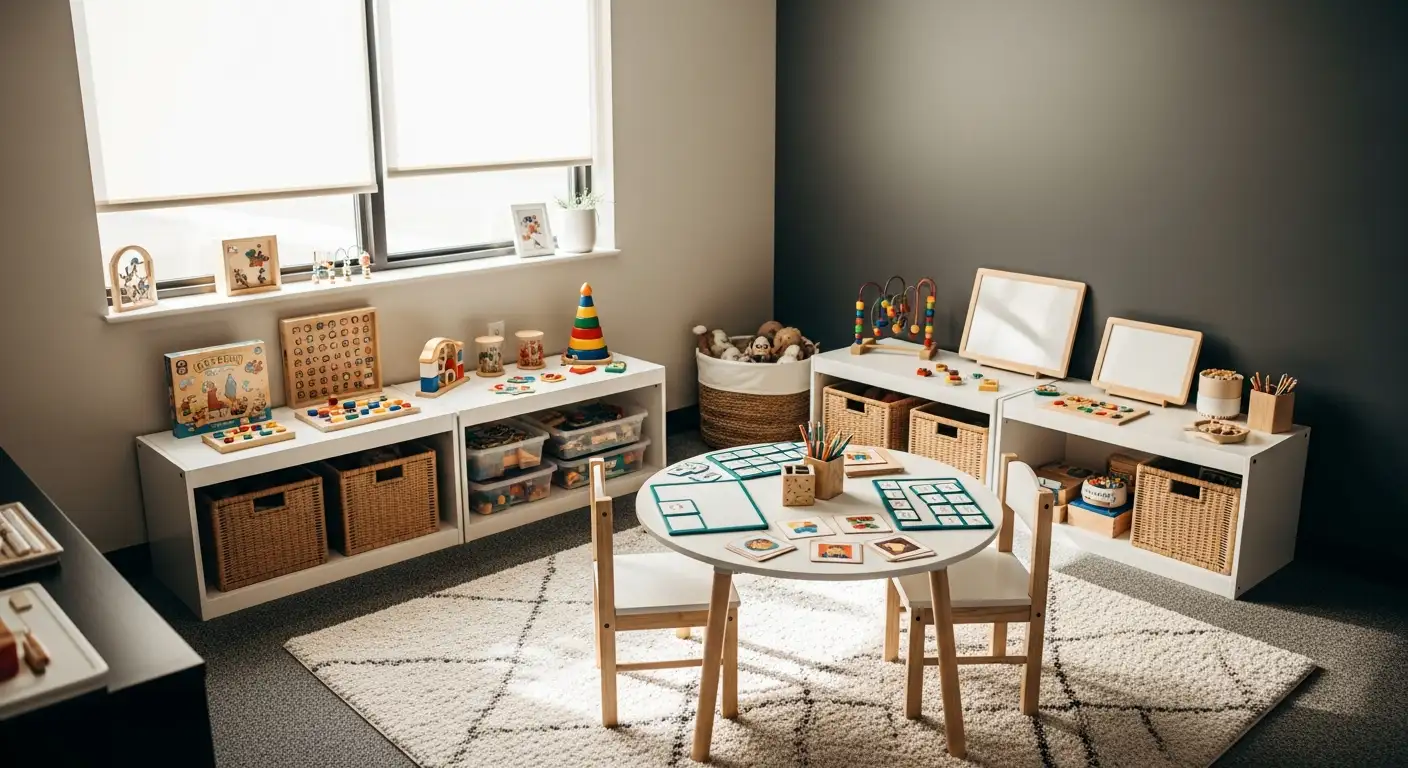
Expressive Speech Delay 2-Year-Old
Understanding and Addressing Expressive Speech Delay in Toddlers

How Speech Recognition Works
Unlocking the Power of Speech Recognition in Therapy and Healthcare

Autism and Head Size
Understanding the Complex Relationship Between Autism and Head Size
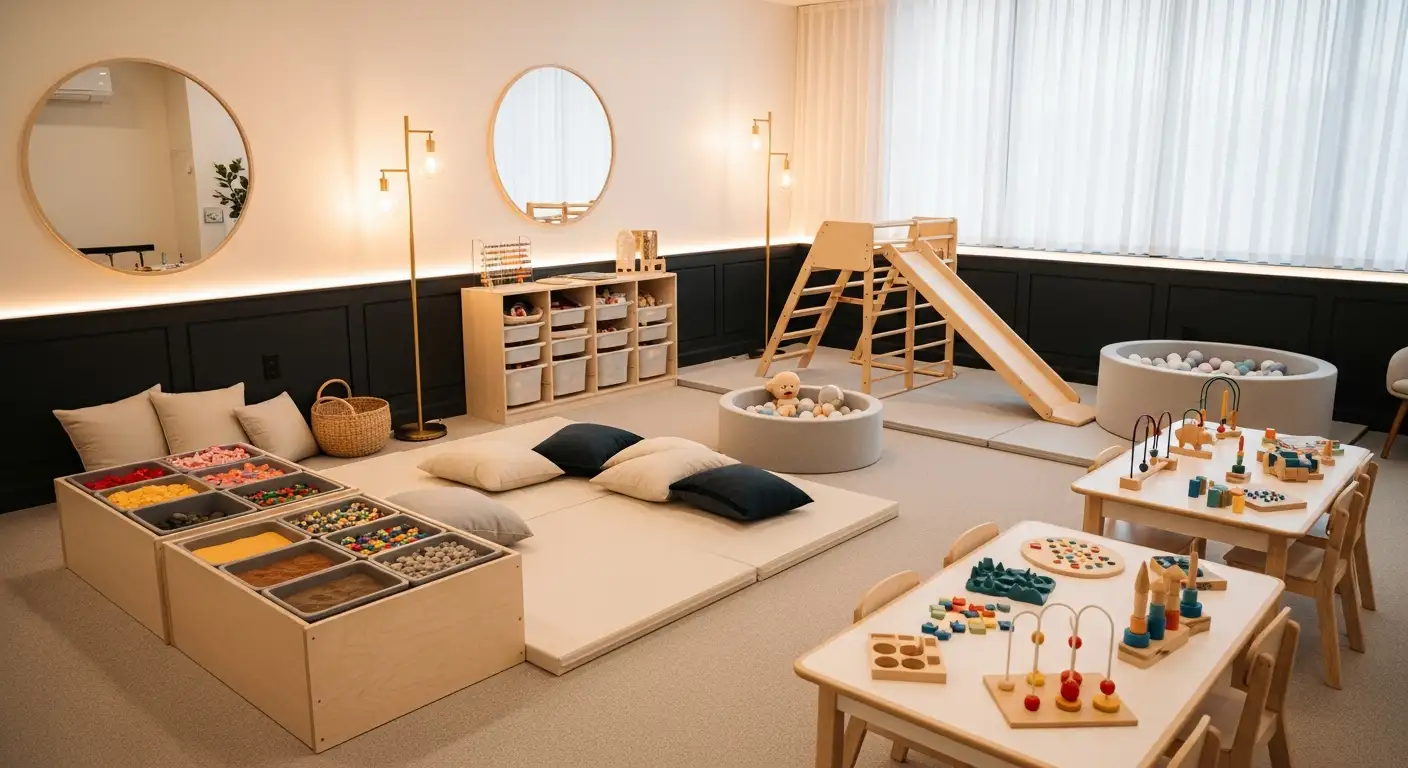
Occupational Therapy in Autism
Enhancing Independence and Quality of Life Through Occupational Therapy in Autism

Do Autistic People Understand Sarcasm?
Navigating the Nuances: Understanding Sarcasm and Social Communication in Autism
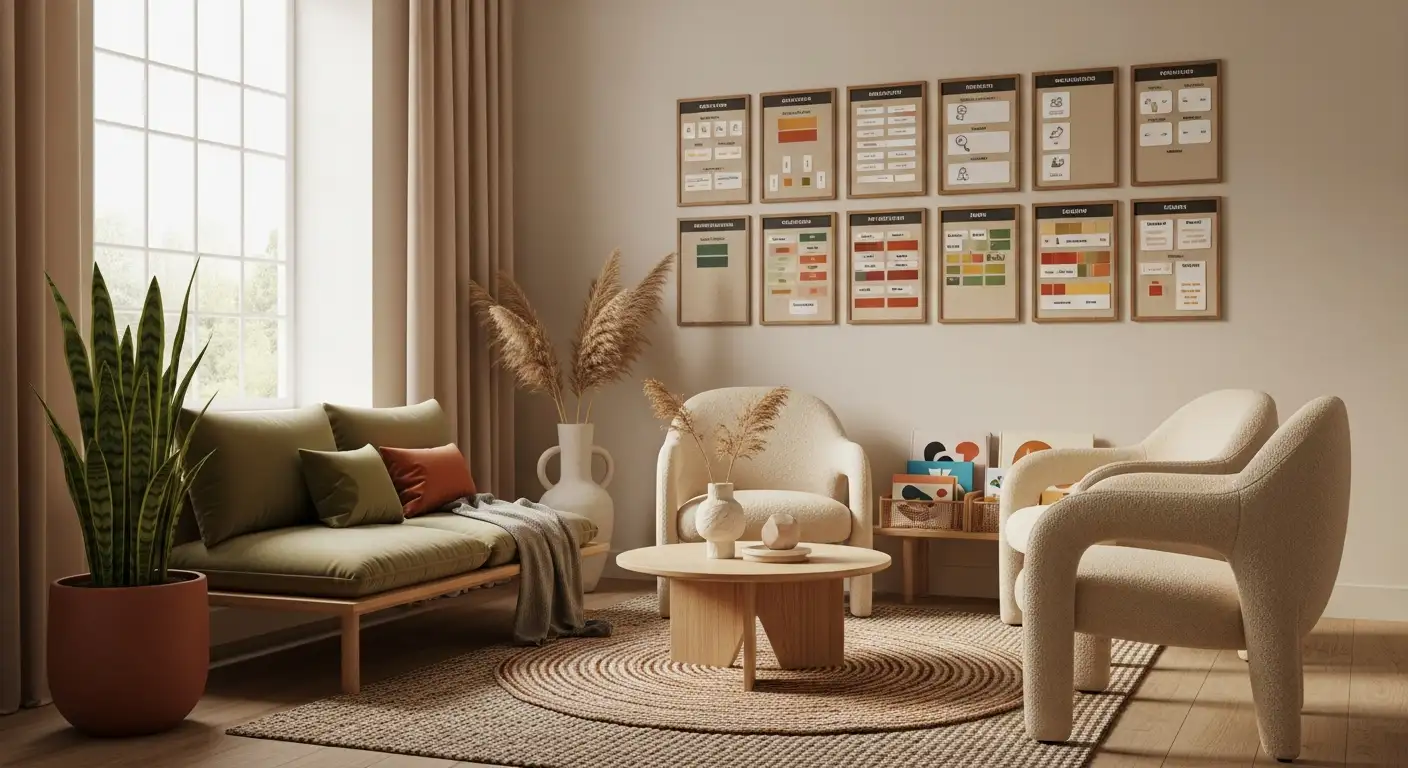
Autism Routines
Crafting Effective Daily Structures for Children with Autism


